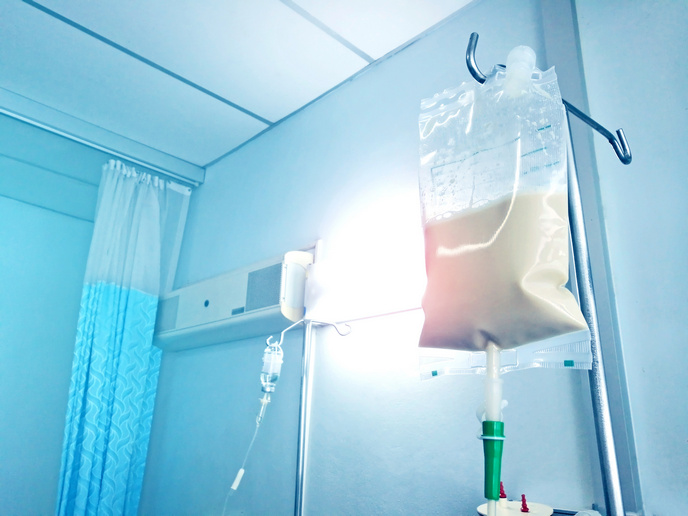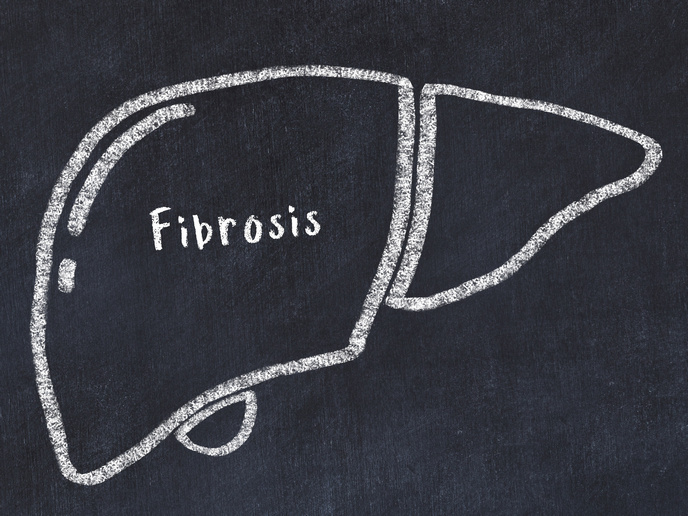A game-changing, mobile tube feeding system
Over 500 000 patients across the EU are fed by tube. Globally, that number is more than 1.5 million – and growing. In fact, it is estimated that the total number of patients requiring tube feeding will increase by as much as 8 % over the next 3 years. Despite this, enteral feeding remains an underserved segment defined by low patient satisfaction and high patient distress. “Patients and clinicians agree that tube-fed patients’ need for more discretion and more mobility are not being adequately met by current options,” says Tomas Thompson, CEO and founder of Rockfield Medical Devices(opens in new window) (RMD). “As a result, there is growing demand from patients to simplify this method of feeding and to make it more discreet.” Helping meet this demand is the EU-funded Mobility(opens in new window) project.
Normalising the tube feeding experience
With a consortium comprised of RMD, Medical and Engineering Technologies(opens in new window) (MET), SteriPack Medical(opens in new window) (SMP) and Menshen Germany(opens in new window), the project helped scale up Mobility+, a game-changing mobile feeding system. Unlike traditional tube feeding systems, Mobility+ is both quiet and thus discreet. It is also light and wearable, allowing users to have active physical and social lives. “Mobility+ aims to normalise the tube feeding experience,” explains Thompson. “Designed with simplicity and enhanced functionality in mind, the solution allows patients to feed both discreetly and while on the go.”
Preparing to bring the Mobility+ enteral feeding system to market
With the support of EU funding, the project’s partners looked to scale up manufacturing capability. “As bringing a medical device to market is a complex process, each partner was assigned specific tasks,” remarks Thompson. For example, RMD was responsible for designing the device, coordinating regulatory approvals and conducting a human factors study. SMP oversaw the manufacturing of the system’s pouch, along with assembly of the final product. They were also charged with coordinating supply chain and distribution routes. Meanwhile, Menshen Germany designed a process, including multi-cavity tooling, for manufacturing the injection-moulded parts. They also developed and piloted automated assembly equipment for the sub-assembly of the system’s spout. Last but not least, MET conducted an independent validation of all materials and testing, studied the sterilisation aspects of Mobility+ and assessed the system’s shelf life. “Taken together, these steps created a clear path forward to commercialisation,” adds Thompson.
Improving the lives of those who depend on tube feeding
As a direct result of the project’s work, the Mobility+ system is now ready to be produced at scale. In the United States, the product received its FDA clearance, while in Europe it is undergoing assessment for CE mark certification. This means Mobility+ is available in the United States and, once the CE mark is approved, it will be available in Europe. The project also created jobs, especially in Europe. For instance, RMD added five new employees. Furthermore, with the company having recently secured Series A funding, it expects to nearly double its number of employees within the next 3 years. “Replacing existing cumbersome, complicated and expensive solutions, Mobility+ will disrupt existing business models of how tube feeding is sold and distributed,” concludes Thompson. “But most importantly, it will radically improve the lives of people who depend on enteral feeding.”







